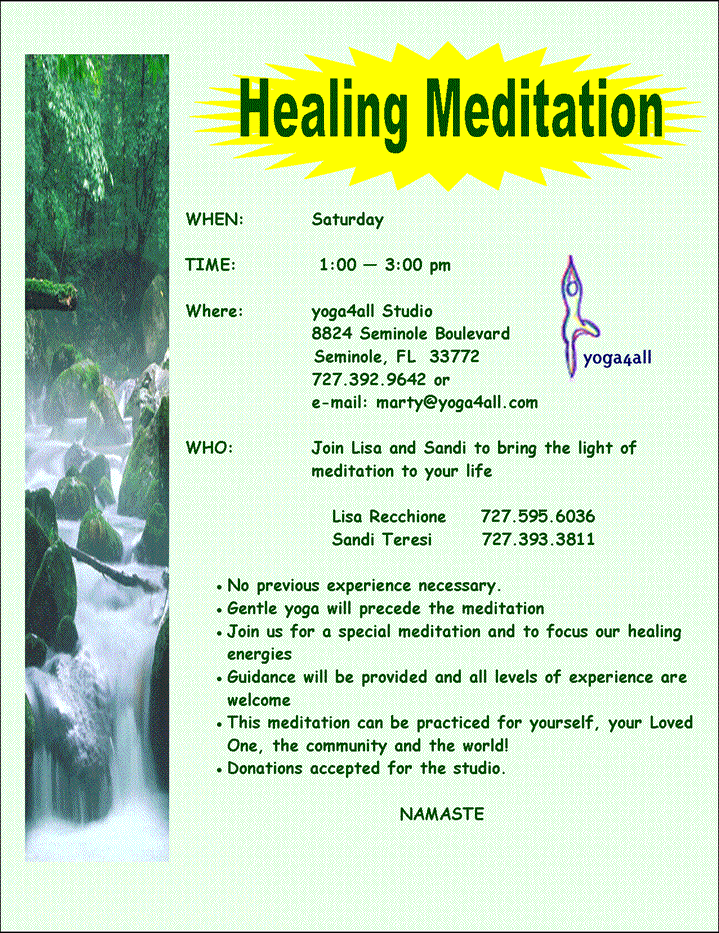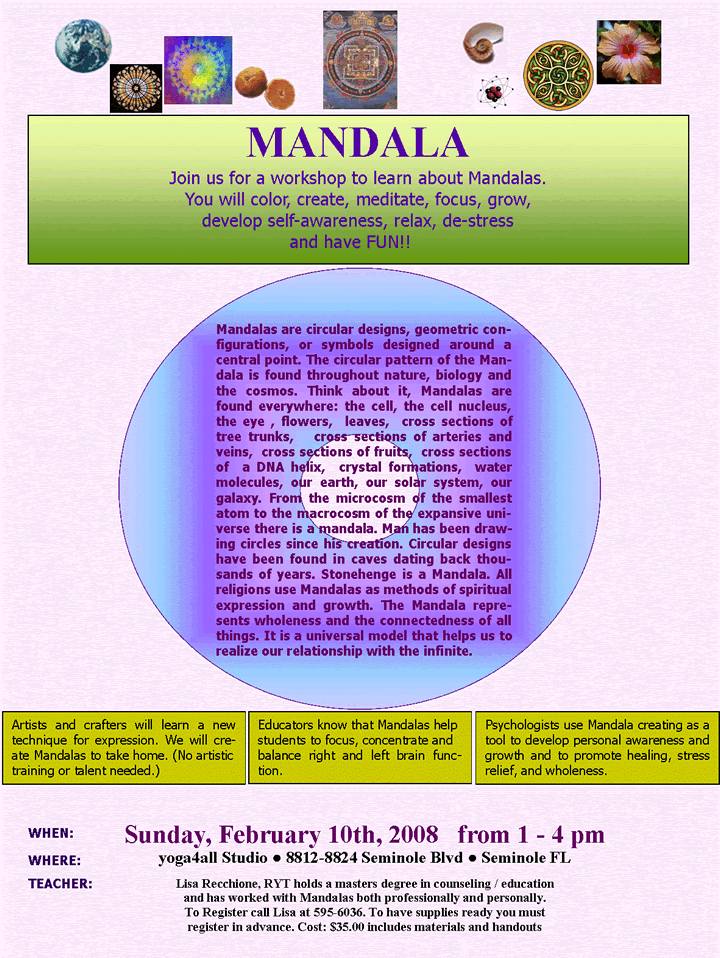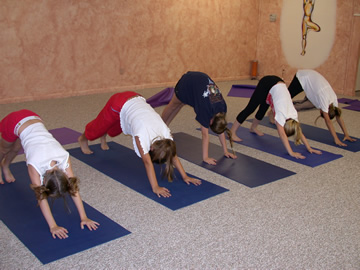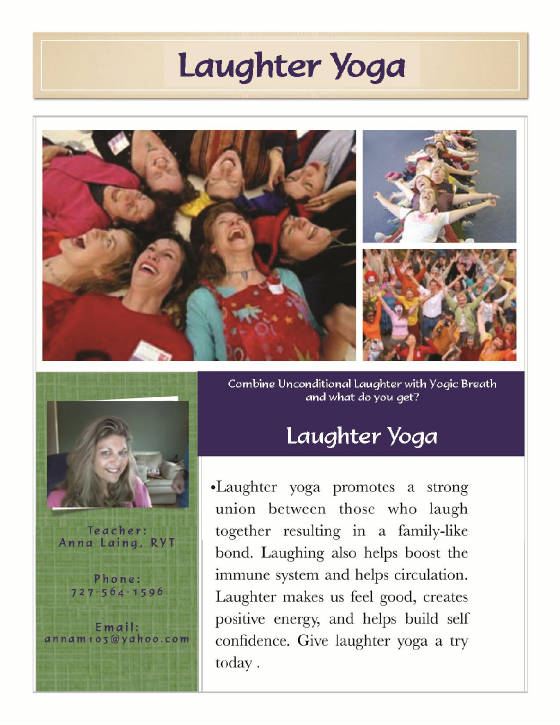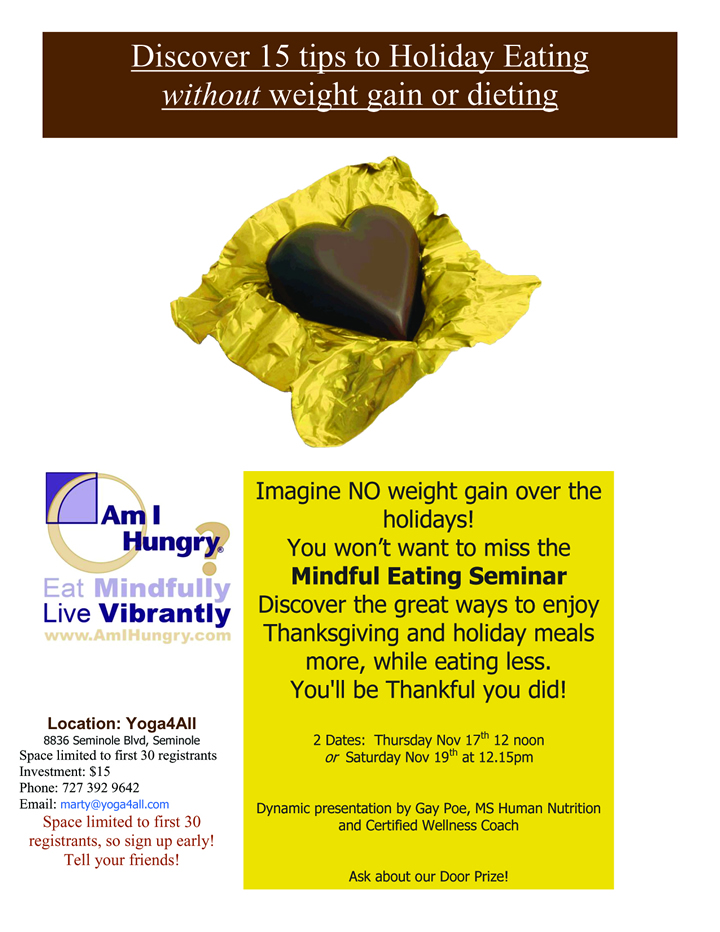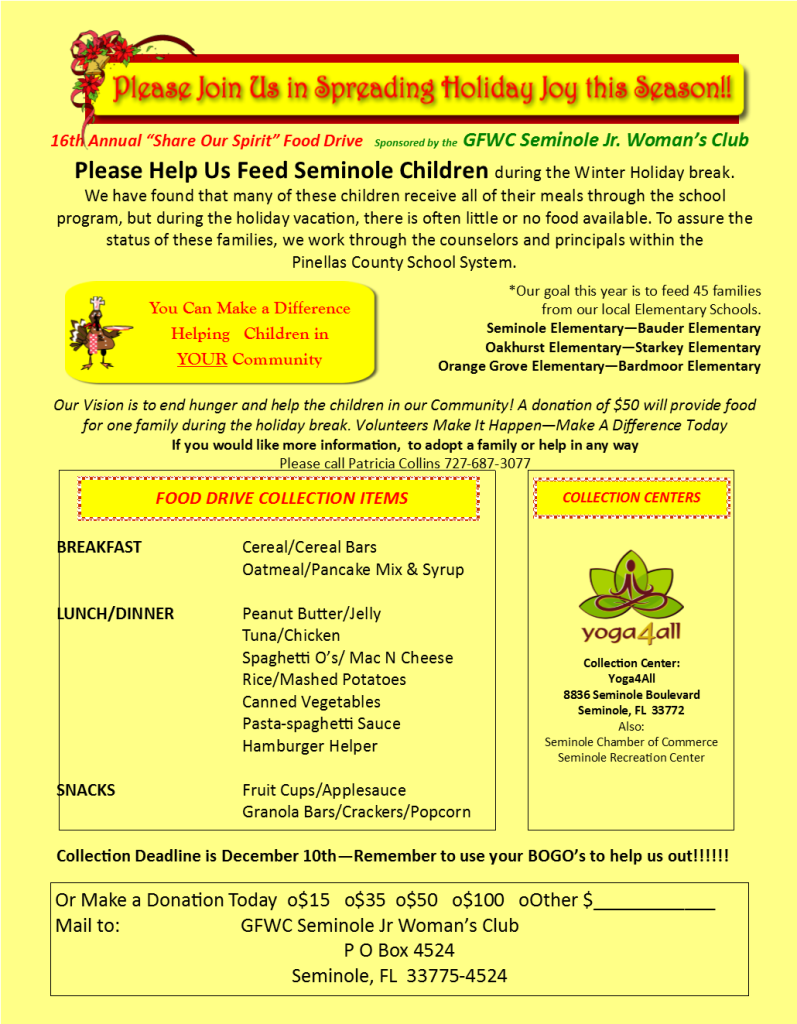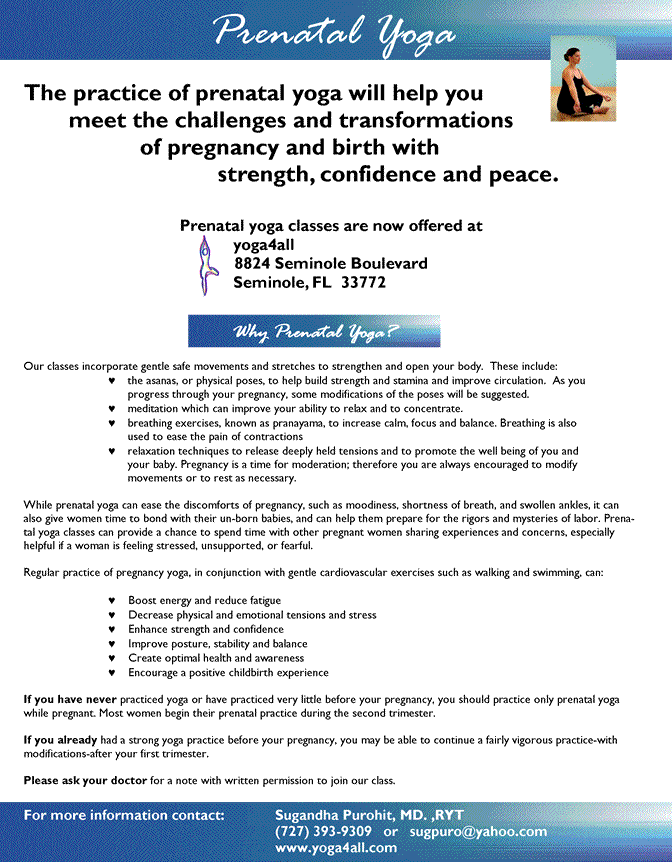By Karrie Osborn
I used to sit at the edge of the ocean to find my rhythm. When planning my annual vacations, it was the water that called me–not so much to be in it, but to be by it. Maternal and soothing, the comings and goings of the tide was my "reset" button–you know, the one that allows you to deal calmly again with the world. Along came twins, and my exotic vacations were replaced with ventures closer to home. Being in a land-locked state, sitting by the ocean was no longer an option. How was I going to hit my reset button now? The answer was right in front of me–massage.
The Stillness
As a massage enthusiast, I have learned about and tried a great variety of techniques over the years, but some of my most profound and restorative experiences on the massage table have come in the "stillness" of the moment.
Massage therapist Bruce Hopkins calls this stillness “massage mind,” something understood by those who’ve experienced it, but difficult to explain to those who have not. The easiest analogy for massage mind might be the quiet state the mind enters into the moments before sleep, or the place of stillness one reaches during meditation. "Massage mind is immediately recognized by clients who are experienced meditators," says Hopkins, who works exclusively with cancer patients in his Portland, Maine, massage practice. "It is the same mind-state that is accessed in deep meditation. And, as in meditation, practice makes getting there easier."
For Hopkins, helping his clients reach massage mind is paramount to his work. "When I am working, I am coaxing the mind to go deeper and deeper," he says. "The music I choose reinforces the work: no melody, no loud passages, always changing, no repetition, interesting, but ultimately boring." The massage itself mimics the music criteria, all with the intent of lulling the mind. Any deep-tissue work or range-of-motion tests, for example, would interfere with that sedative space, he says. "I want it all to be seamless and mindless. I don’t want anything to cause the mind to stop and say, ‘What is that?’"
But what can reaching the quiet stillness of massage mind actually do for clients? Plenty. "When the brain is in this meditative state, it is able to sort through the clutter and focus on any areas that need it, allowing healing to occur at the cellular level," says Pat Crozier, a massage educator and therapist in Chandler, Arizona. "I honestly believe that in those quiet, restorative moments, the brain has ‘all power’ and can hugely impact the massage experience. The meditative mind is a wonderful place to hang out. It’s calming, strengthening, restorative, and clearing."
Quieting The Mind
In Buddhist tradition, the phrase "monkey mind" refers to the chatter that often goes on in the personal dialog we undertake with ourselves every day, every moment. Like a monkey jumping from limb to limb, monkey mind is the process of jumping from thought to thought without a singular focus. When our busy mind can do nothing but be chaotic, stressed, and scattered, it is in the throes of monkey mind. Calming the monkey mind, and realizing instead the massage mind, can have profound effects.
Many massage therapists say that some of the most therapeutic work that happens on the massage table is when the mind "gets out of the way." Hopkins says that’s exactly his goal when working with the cancer patients who come to him for massage. "The mind has a profound effect on all physiological processes," he says. In fact, when you can get the mind to quiet itself, Hopkins says the body will heal faster on its own. His clients affirm that notion every day. "I have cancer patients coming from extreme stress who have broken down in tears of joy after the massage is done. They may remember it for a long time as the day life changed dramatically."
Hopkins has had many of his clients report the life-changing effects they found after an hour on his table: "Because of massage, I’ve come to be at peace with my mastectomy," "I’m not quite sure where I was, but I didn’t want to come back," "It’s a vacation from cancer," "I felt an overwhelming sense of peace," "The euphoria of the mind during my sessions transcended the quiet horror of cancer."
Now, after seven years working with cancer patients, Hopkins says to heal the body, ideally you want the mind going in the same direction that the body goes, if that’s not working, then it’s time to turn the mind off. He offers this bit of advice for clients who have a hard time getting there: "If the client is not letting go, I encourage them to focus on my hands. My hands become their mantra. I tell them that when their mind grabs something and tries to run with it, focus instead on my hands, where they are, and what they are doing at the moment."
This "between-the-ears" massage, as Hopkins calls it, is simply a traditional Swedish massage sequence of strokes that offers non-intrusive, gentle therapy. "It’s a vehicle to lull the mind to go where I want it to go," he says, adding that most types of relaxation massage provide a framework within which clients can reach this quiet state. "Unwind the mind and the body unwinds on its own."
Emotional Release
Sometimes, by reaching the stillness of massage mind during your session, you might venture to a place you’ve never been before. If you’ve long ago buried emotional issues or traumatic experiences (whether it’s the physiological impact of a car crash or the psychological turmoil of a parent’s dying days), they might decide to rear up in these quiet moments. It’s OK, and it’s normal. Don’t be afraid to venture along the path and address these challenges head-on.
During the process, if you find yourself unexplainably in tears while on the massage table, don’t fret. Tears have been spilled there before and certainly will be spilled there again. Even if you don’t feel like you’re carrying emotional baggage, massage can sometimes unleash buried obstacles and ask you to address them if you’re ready. "It is [the massage therapist’s] job to get the body into a parasympathetic state to allow calm and clarity of mind," Crozier says. This is where massage mind lives. Once there, the healing begins on so many other levels. "Some clients will experience emotional release–being able to let go of baggage that is cluttering the mind and that they are sometimes not even aware of–and feel ‘many pounds lighter’ after the experience." Crozier says it’s important to note that an emotional release will never happen without permission from the mind first. As the obstacles/traumas relinquish their hold, the body finds a clearer path toward wholeness and health.
It’s Good For You
If you have already found your path to massage mind, then I’m preaching to the choir, but if not, ask your therapist to help you get there next time. Even if you see it as nothing more than giving your mind a one-hour vacation from the chaos of your day, or putting your worries aside for a few moments, accessing this place of therapeutic stillness is good for you.
Massage can be a journey in many ways and it can take you along a restorative path, both physically and mentally. That hour, when the sounds of the world surrender to the breath of client and therapist and the music lulls you into a meditative state, see if you can access your massage mind. In finding that place of therapeutic stillness, you too can reclaim your own rhythm, and hit "reset" without needing to find an ocean to do so.
Karrie Osborn is contributing editor for Body Sense magazine and Associated Bodywork & Massage Professionals. Contact her at [email protected]
Originally published in Body Sense magazine, Spring 2011. Copyright © 2011. Associated Bodywork and Massage Professionals. All rights reserved.
